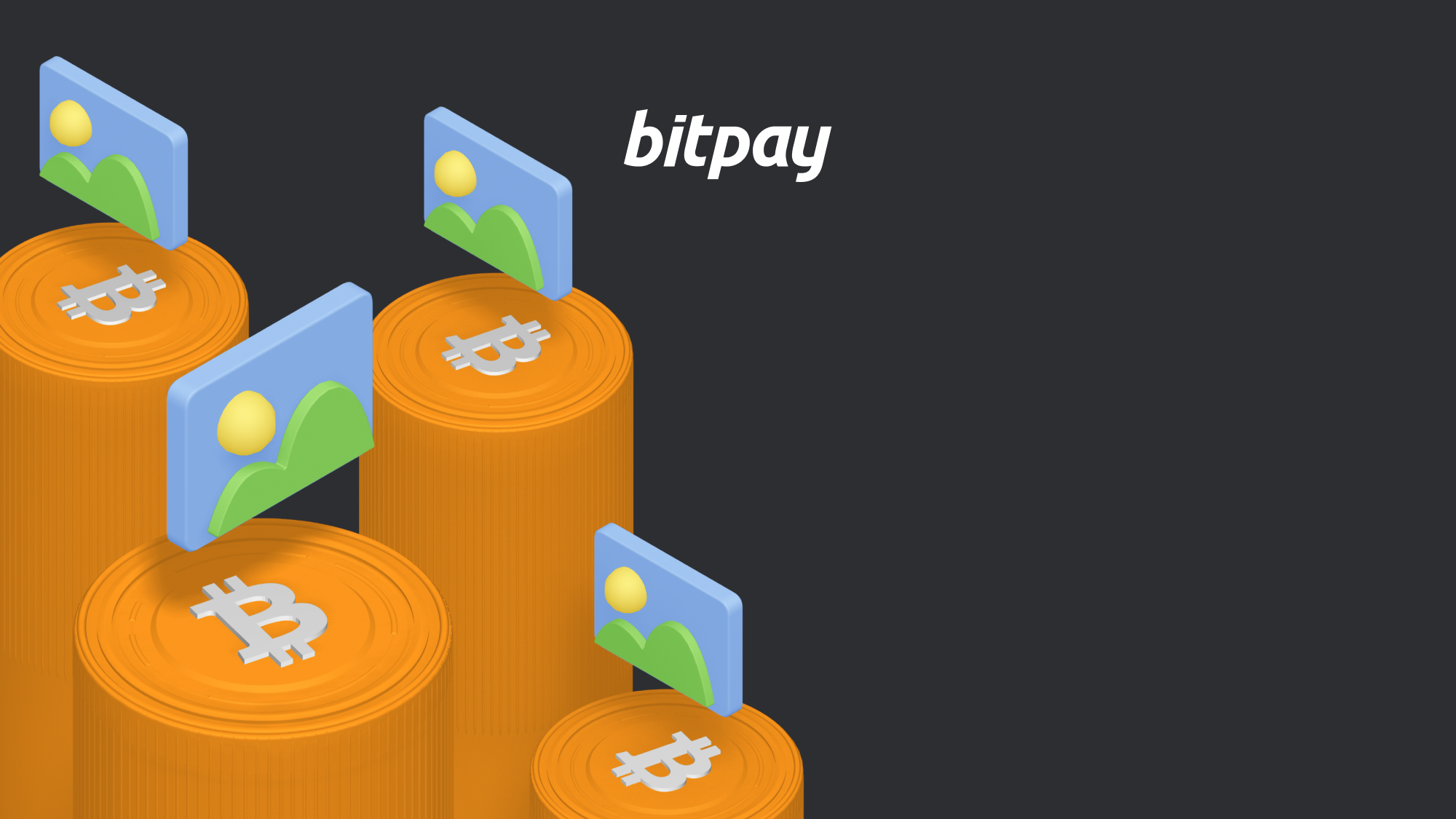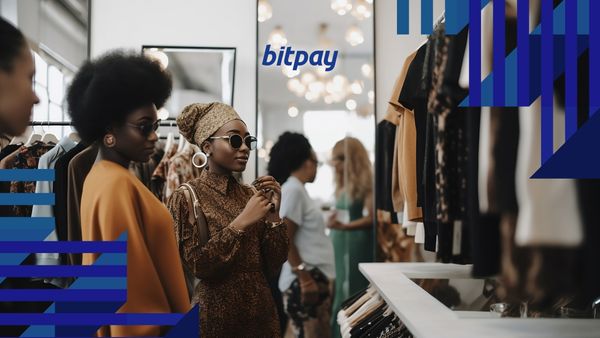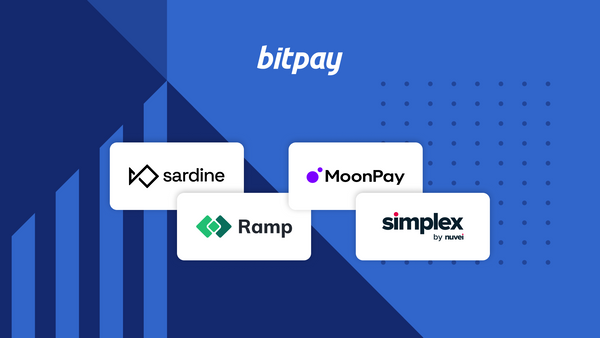Ordinals are a recent development in the Bitcoin ecosystem that has drawn both excitement and skepticism. Also called Ordinal NFTs, Bitcoin Ordinals or Bitcoin NFTs, ordinals allow users to add image, text or video data to individual satoshis or “sats” (1 sat = 1/100,000,000th of a Bitcoin). Through a process called inscription, these infinitesimally small units of Bitcoin can be
Bitcoin Ordinals are a new form of digital collectible which allow content like pictures, video, text or audio files to be attached to satoshis, the smallest denomination of Bitcoin. Their creation is a landmark for the Bitcoin blockchain, where this type of project has never before been possible. Their sudden rise in popularity has caused some headaches for Bitcoin users, at times resulting in slower transaction speeds and higher network fees. However its proponents say it represents a new chapter for the most valuable cryptocurrency by market cap, opening up possibilities for artists and developers that never existed before.
What are Bitcoin Ordinals?
In simplest terms, Bitcoin Ordinals are a way of permanently inscribing digital content on the Bitcoin blockchain. The Ordinal protocol was launched in January 2023 by a software engineer named Casey Rodarmor. It allows individual satoshis (the smallest unit of Bitcoin, named for its pseudonymous creator) to be given unique numeric identifiers, letting them be tracked and traded on the blockchain. Previously, sats were indistinguishable from one another, their value so miniscule they were largely ignored. Ordinals have breathed new life into these microscopic units of Bitcoin, effectively enabling the creation of non-fungible tokens (NFTs) on the Bitcoin blockchain for the first time. Since launch, Ordinal creation has exploded in popularity, reaching 350,000 inscriptions per day in July 2023.
How do Bitcoin Ordinals work?
The creation of Bitcoin Ordinals was made possible by a pair of upgrades added to the Bitcoin network in recent years: Segregated Witness (SegWit) and Taproot. The addition of SegWit in August 2017 quadrupled the amount of transaction data that could be stored in a Bitcoin block from 1 MB to 4 MB. Taproot, introduced in November 2021, enabled multiple Bitcoin transactions to be combined, requiring less data and therefore boosting transaction speed.
The Ordinal protocol first assigns each individual sat with a unique sequential number. These identifiers are assigned based on the order in which they were mined or transferred; the first sat in the first transaction block being “0”, the next being 1, and so on. The numbers allow individual sats to be tracked and identified, making it easy to locate, trade or transfer them.
This enables them to be inscribed with additional data including text, pictures, or even video through transactions on the Bitcoin blockchain. When the transaction is mined, the content or data they contain becomes a permanent part of the Bitcoin blockchain. The first ordinal was inscribed by Rodarmor himself in December 2022, a black-and-white pixel artwork of a sugar skull. While the idea of uniquely identifiable, tradeable artwork has many echoes of the NFTs found on Ethereum, they are different in several significant ways. Even Rodarmor himself resists the comparison somewhat, preferring the term “digital artifacts” instead of Bitcoin NFTs.
Ordinals vs. NFTs
“Traditional” Ethereum-based NFTs aren’t actually stored on the Ethereum blockchain. NFTs are created using smart contracts. The metadata they contain simply proves ownership of an item, digital or physical. Digital art is the best-known use case for traditional NFTs to date. But the information contained within the metadata is simply a link to an asset which “lives” off-chain. In the case of digital artworks, the assets usually exist in the InterPlanetary File System (IPFS), a decentralized file storage system. NFTs can also point to real-world objects, such as a physical work of art up for auction. The files themselves are not permanently embedded in the Ethereum blockchain, which means they can be altered.
Ordinal NFTs, on the other hand, are wholly contained within the witness signature field of a Bitcoin transaction. Each inscription is treated as a Bitcoin transaction, which means the content they contain becomes part of the Bitcoin base layer. Because all transactions recorded to Bitcoin are immutable, Ordinal NFTs cannot be modified once created.
How Bitcoin Ordinals are impacting blockchain payments
The introduction of Ordinals has come with its share of controversy within the crypto community. One of the main arguments against them has been their inefficient use of block space, leading to higher Bitcoin transaction fees.
According to BitInfoCharts data, the average Bitcoin transaction fee spiked 590% in May of 2023 to $19.20. The sudden rise in popularity of Ordinals has also seen a sharp increase in network congestion, at one point resulting in more than 250,000 Bitcoin transactions queued up to be validated that same month.
Proponents say Ordinals represent a major evolution for the Bitcoin blockchain, enabling activities that until now had been limited to Ethereum. Bitcoin has historically functioned as “digital gold”, a pure financial transactions play. Ethereum, on the other hand, has been a haven for developers looking to build new features and services. The developer-friendly nature of Ethereum has led to major innovations like Decentralized Finance (DeFi) and the Web3 ecosystem. The Ordinals protocol has the potential to introduce new functionalities that were never before possible on Bitcoin, including smart contracts and the creation of security tokens and stablecoins.
How to buy Bitcoin Ordinals
Because Ordinals are so new, there are finite ways to obtain them for now. Marketplaces like Gamma and Magic Eden have sprung up in recent months, which allow you to connect a Bitcoin compatible wallet to browse and purchase Ordinals. However, like any new crypto product, be sure to carefully research any marketplace to ensure it’s reputable before making any transactions. Crypto scammers thrive in environments where customers don’t fully understand what they’re purchasing, so do your homework before jumping on the bandwagon.
CoinMarketCap also has a complete listing of various Ordinals (ORDI) trading pairs and markets where exchanges can be made.
For the more technologically inclined, you can also mint your own Ordinals by starting a full Bitcoin node and running Ord on top of it. This allows you to inscribe satoshis in your possession to create Ordinal NFTs. Gamma and OrdinalsBot offer no-coding-required methods for minting Ordinals which are less technically complex. You’ll need some Bitcoin in your wallet to cover the transaction fee, and the wallet must be capable of sending Bitcoin to a Taproot address. You can find a list of compatible providers here, which as of now does not include popular wallets like Binance and Coinbase.
Once you’ve selected a minting service, you first select an inscription type (image, multiple images, text, etc.). Then you set your transaction fee (the higher the fee, the faster your inscription is likely to be created). Next, you choose a Bitcoin address that will receive the minted Ordinal NFT. Again, it must be either Taproot or Ordinal compatible. Once your Ordinal is sent to the designated address, you can view it through an Ordinals viewer.
Popular Ordinals
Ethereum’s ERC-721 NFTs brought us well-known themed collections like CryptoPunks and Bored Ape Yacht Club. Ordinals have followed in those footsteps, with a number of prominent collections already emerging.
Bitcoin Frogs
Bitcoin Frogs is a limited set of 10,000 frog-themed digital artworks minted in February 2023. By May, Bitcoin Frogs became the most popular Ordinals collection being traded across all blockchains. It remains one of the most traded Ordinal NFTs, with over $15.5 million in all-time sales volume.
TwelveFold
TwelveFold is an Ordinals collection from Yuga Labs, creators of the ultra-popular Bored Ape Yacht Club NFT series. The Ordinal series, limited to just 300 pieces, was made entirely in-house by the Yuga Labs team through the use of generative algorithms. The artworks are designed on 12x12 grids, and include varying size dots, blobs or rings arranged in patterns.
Ordinal Punks
Drawing inspiration from the popular CryptoPunks NFT series, Ordinal Punks is a collection of 100 “punk” characters, each with different attributes and accessories. It’s one of the first Ordinal NFT series’, devised by an anonymous creator known as FlowStay.
Whether Ordinals are here to stay or destined for the same boom-bust cycle as we saw with Ethereum-based NFTs is yet to be seen. However their very creation is a momentous moment in Bitcoin’s history. Until now, Bitcoin’s functionality was strictly based on the sending and receiving of value, with little to no utility for developers. Even if it is just a fleeting fad, their creation alone shows potential for broader functionality for Bitcoin as a platform for developers.


